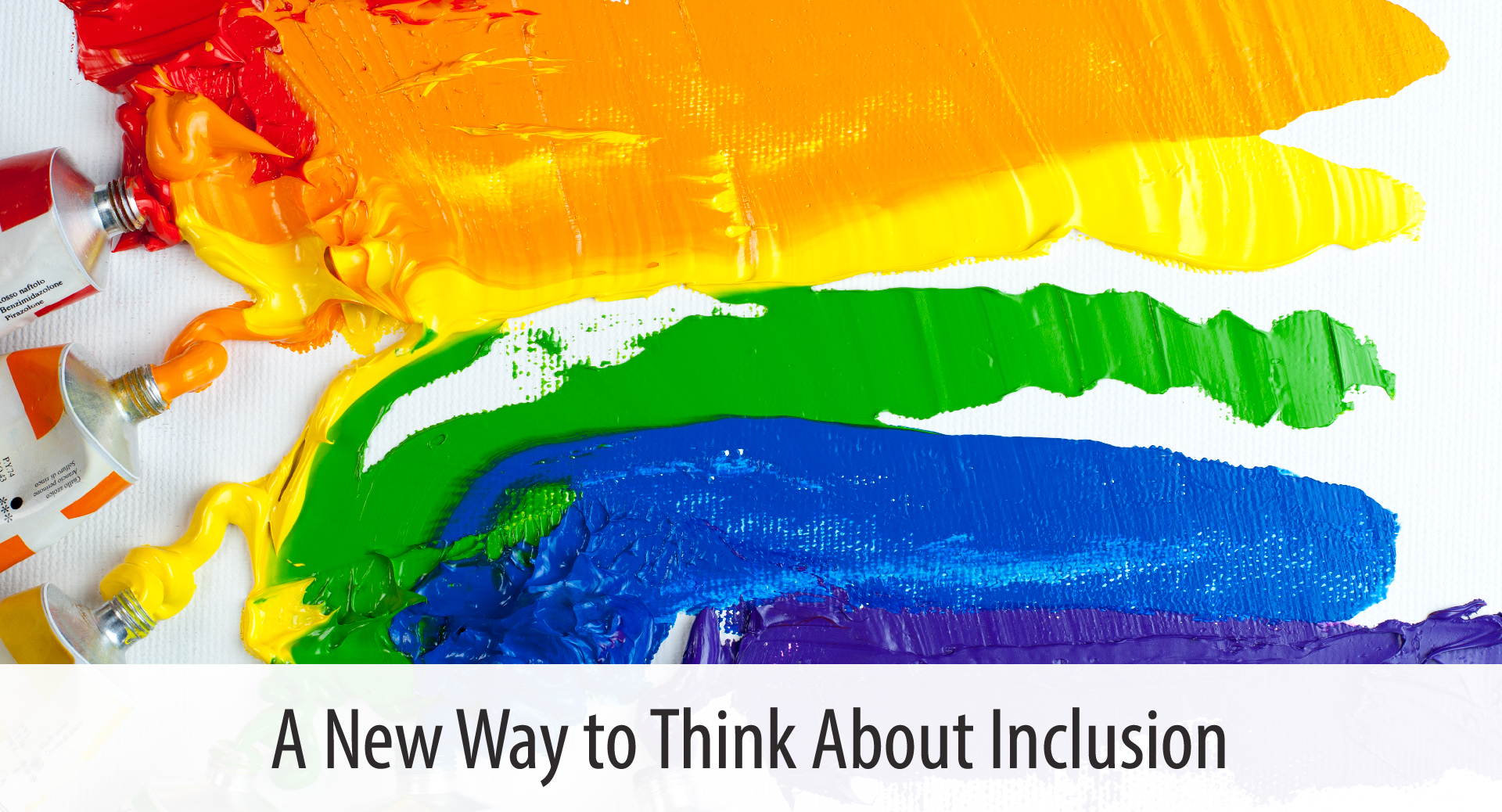 As humans, we know what it feels like to be included – or not. Inclusion in an organizational sense now describes a place/organization/team where everyone feels respected and their contributions towards organizational goals are valued. Few would argue against that goal. Much of the conversation here has been about ethnicity, gender, sexual orientation, and the like. But there is another, even more pervasive factor to consider: inclusive communication.
As humans, we know what it feels like to be included – or not. Inclusion in an organizational sense now describes a place/organization/team where everyone feels respected and their contributions towards organizational goals are valued. Few would argue against that goal. Much of the conversation here has been about ethnicity, gender, sexual orientation, and the like. But there is another, even more pervasive factor to consider: inclusive communication.
By inclusive communication I mean a respect for different communication and thinking styles. You know that not everyone communicates in the same way. We think in terms of introvert/extravert, people-focused or task-focused, and much more. You have likely taken some sort of communication style assessment in your career. Perhaps it was MBTI, Enneagram, or one of the various versions of DISC (here is a link to ours – with a free and paid version). Any one of these assessments can help you frame and understand communication style differences. When we practice inclusive communication, we value those differences in others. We allow them to express their opinions, feel heard, and feel a part of conversations and decisions. This is at the heart of value of inclusion, isn’t it?
Here are some examples of what I mean
- Someone is still thinking about their opinion and how to express it in a meeting when the group moves on to the next topic. Them being quiet doesn’t mean they don’t care or don’t have something to say.
- Someone wants to get more facts and data, but others ignore that need to “get moving.”
- Someone wants to look at the human aspects of a decision and others focus on the numbers.
In each of these cases, “someone” might feel left out, disrespected, or unvalued. And if the team and/or the leader understands the differences in communication and thinking styles, they can avoid these situations.
If your organization has made an investment in one of these assessments, I encourage you to use that investment to further strengthen the inclusive communication on your team. If you haven’t considered this or would like a tool and some help in creating greater inclusion – including inclusive communication – on your team, let us know or sample our DISC assessment.

Loved this article – Diversity for me being open-minded to different cultures, backgrounds and demographics that not as prevalent in everyday conversations. That article hit home on this.